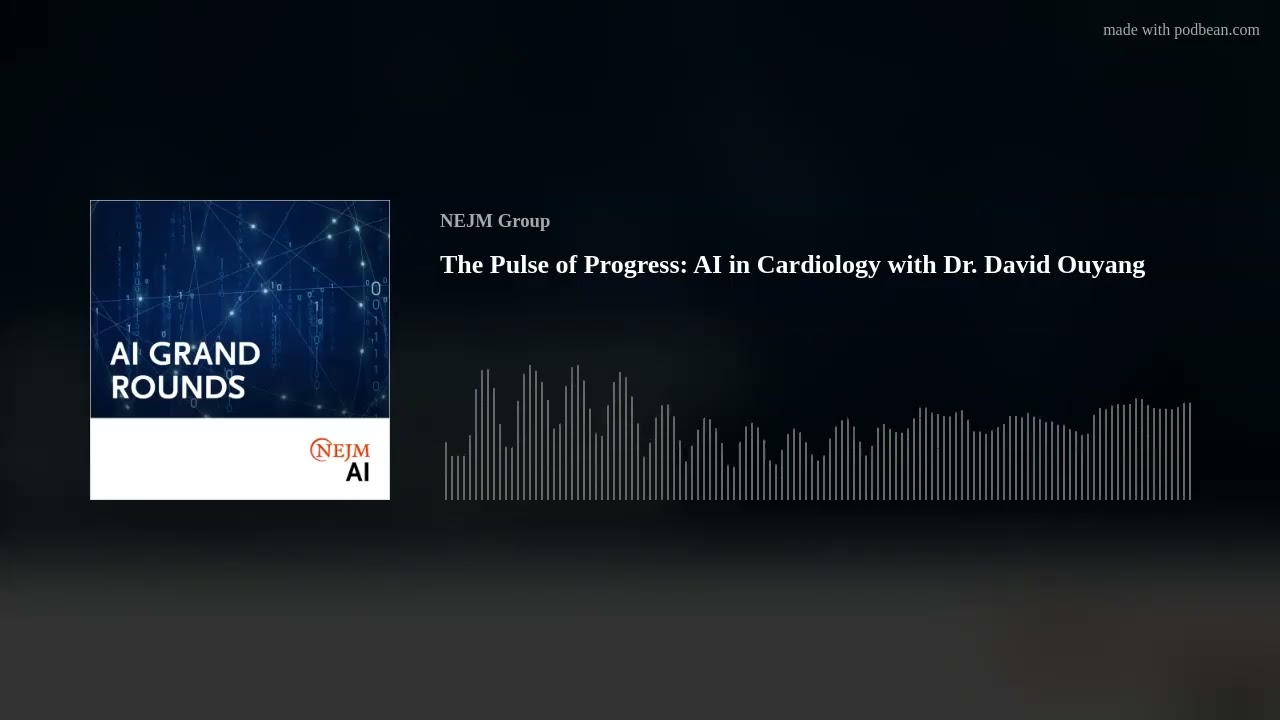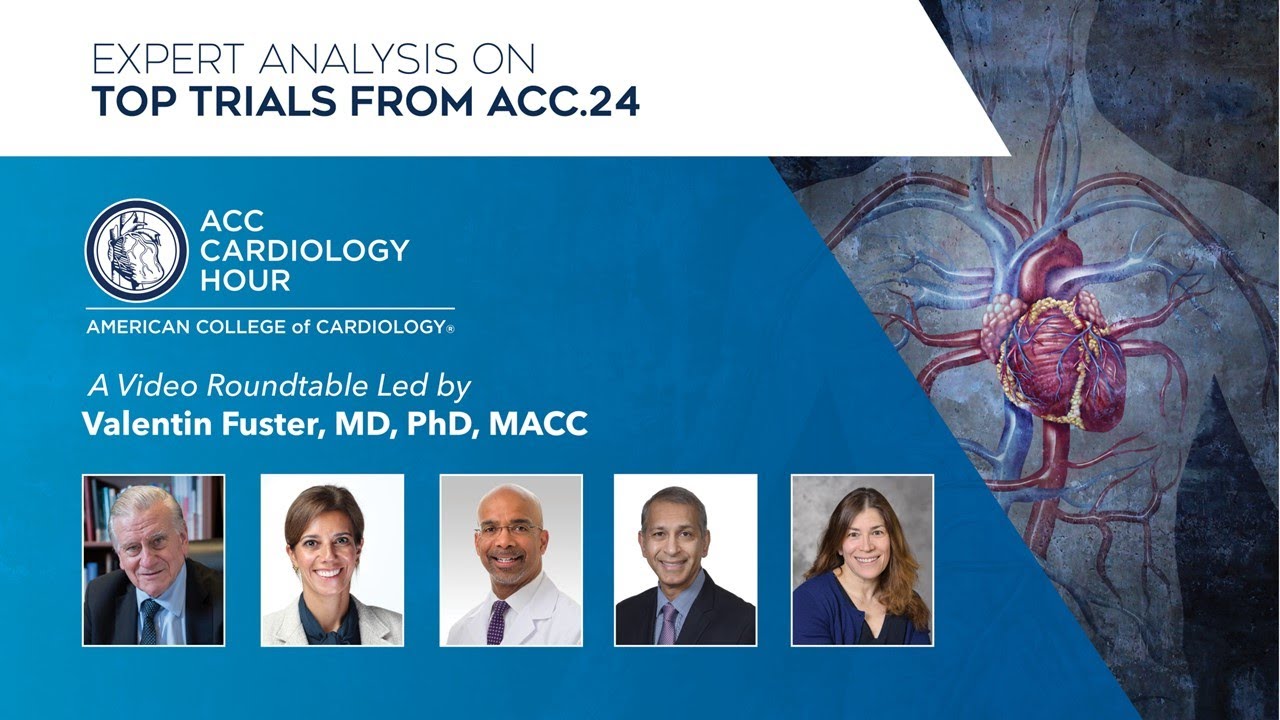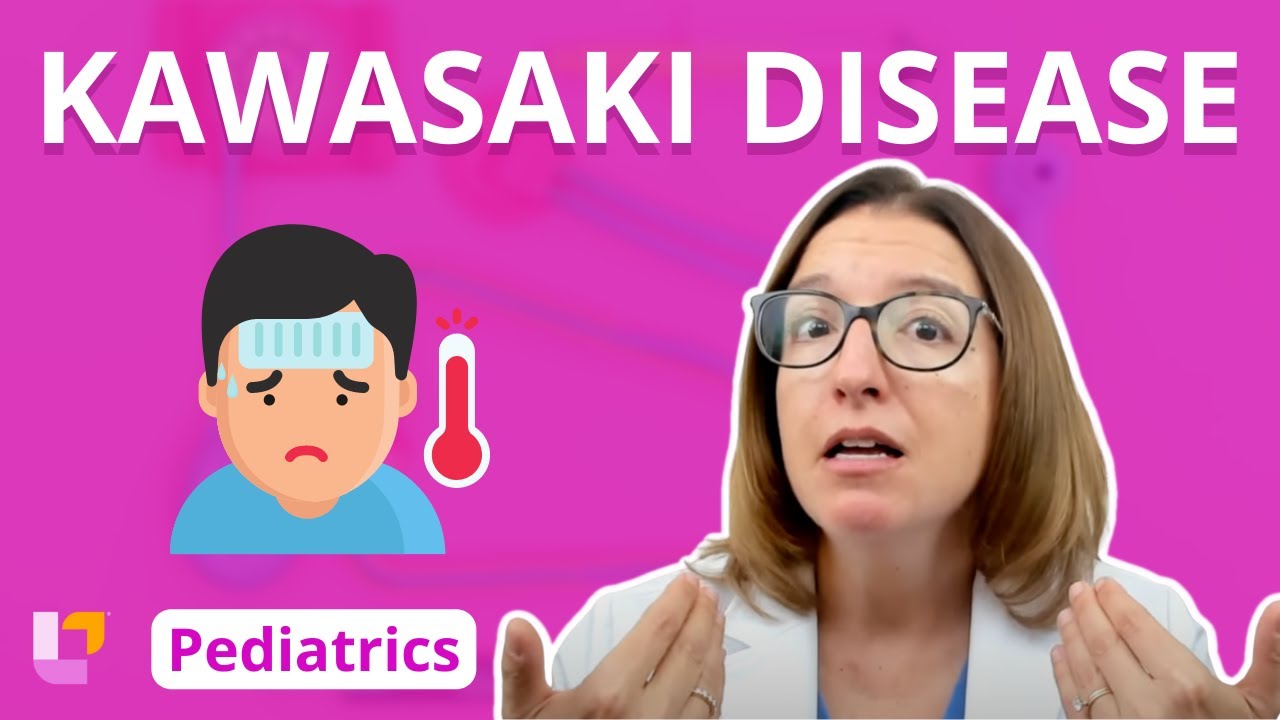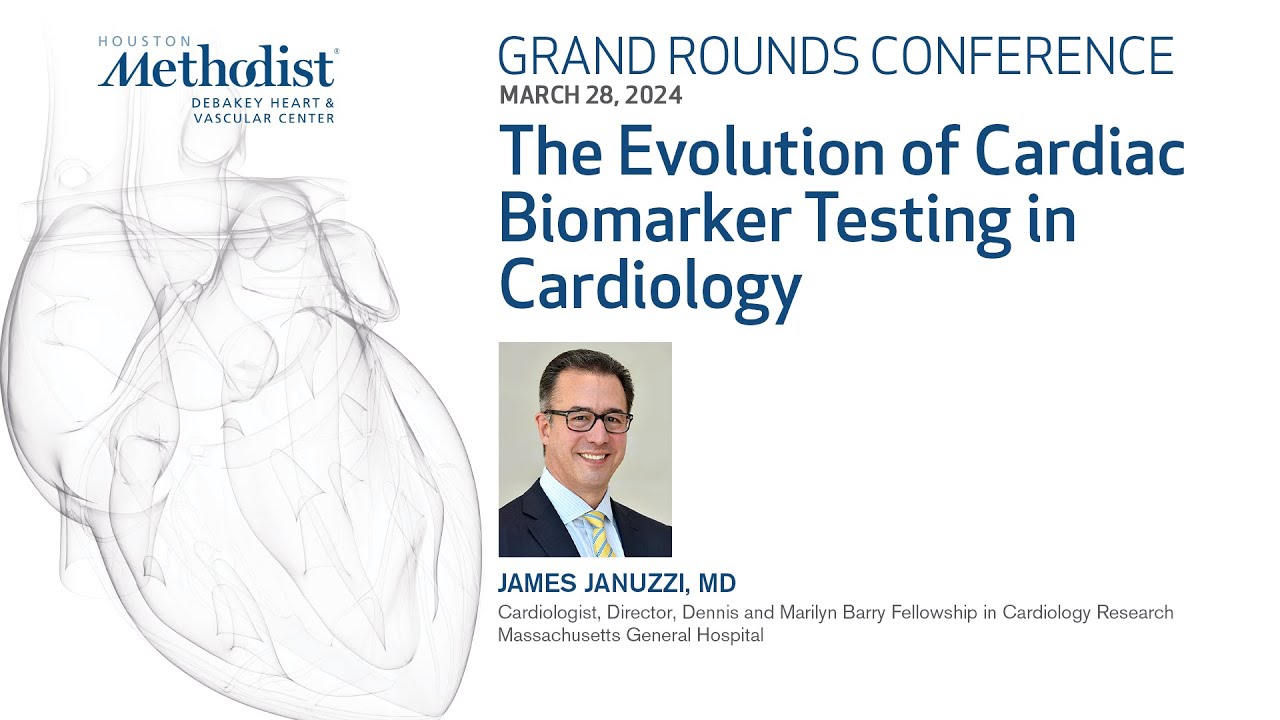Adenosine less effective against arrhythmia with recent caffeine use
Reuters Health • The Doctor's Channel Daily Newscast
In light of this finding, they advise that treatment begin with a 12-mg bolus of adenosine in patients with recent caffeine intake. Ordinarily, this higher dose is advised only after a failed attempt with a 6-mg dose.
Caffeine is an adenosine receptor blocker and therefore might be expected to reduce the efficacy of adenosine against SVT, co-author Dr. David McD. Taylor, from Austin Health, Heidelberg, Australia and colleagues explain.
Given the clinical implications of an interaction between the two, the researchers conducted a case-control study of 68 adult patients who received adenosine for SVT from September 2007 to July 2008. The subjects included 52 who reverted to sinus rhythm after the 6-mg dose and 16 who did not. Caffeine intake was assessed via self-administered questionnaire.
According to the report in the December 9th issue of Academic Emergency Medicine, there were no significant differences between reverters and non-reverters in age, gender, or daily caffeine intake. However, median caffeine ingestion at 2, 4, 6, and 8 hours prior to treatment was higher among the non-reverters (p < 0.05 for all).
Ingestion of caffeine 2 or 4 hours prior to adenosine use decreased the odds of reversion to sinus rhythm by 82% and 86%, respectively. By contrast, ingestion at 6 or 8 hours did not significantly affect the odds of reversion.
All 16 patients who failed to respond to the 6-mg dose did ultimately revert to sinus rhythm with higher doses of adenosine, other antiarrhythmic agents, or both, the report indicates. More than half of the patients reverted with a 12-mg dose of the drug.
“For patients who have ingested caffeine within 4 hours, and for whom drug therapy is indicated, consideration should be given to the administration of a 12-mg adenosine bolus as the first therapeutic option,” the authors state.
Reference:
Acad Emerg Med 2009;16:1-6.






